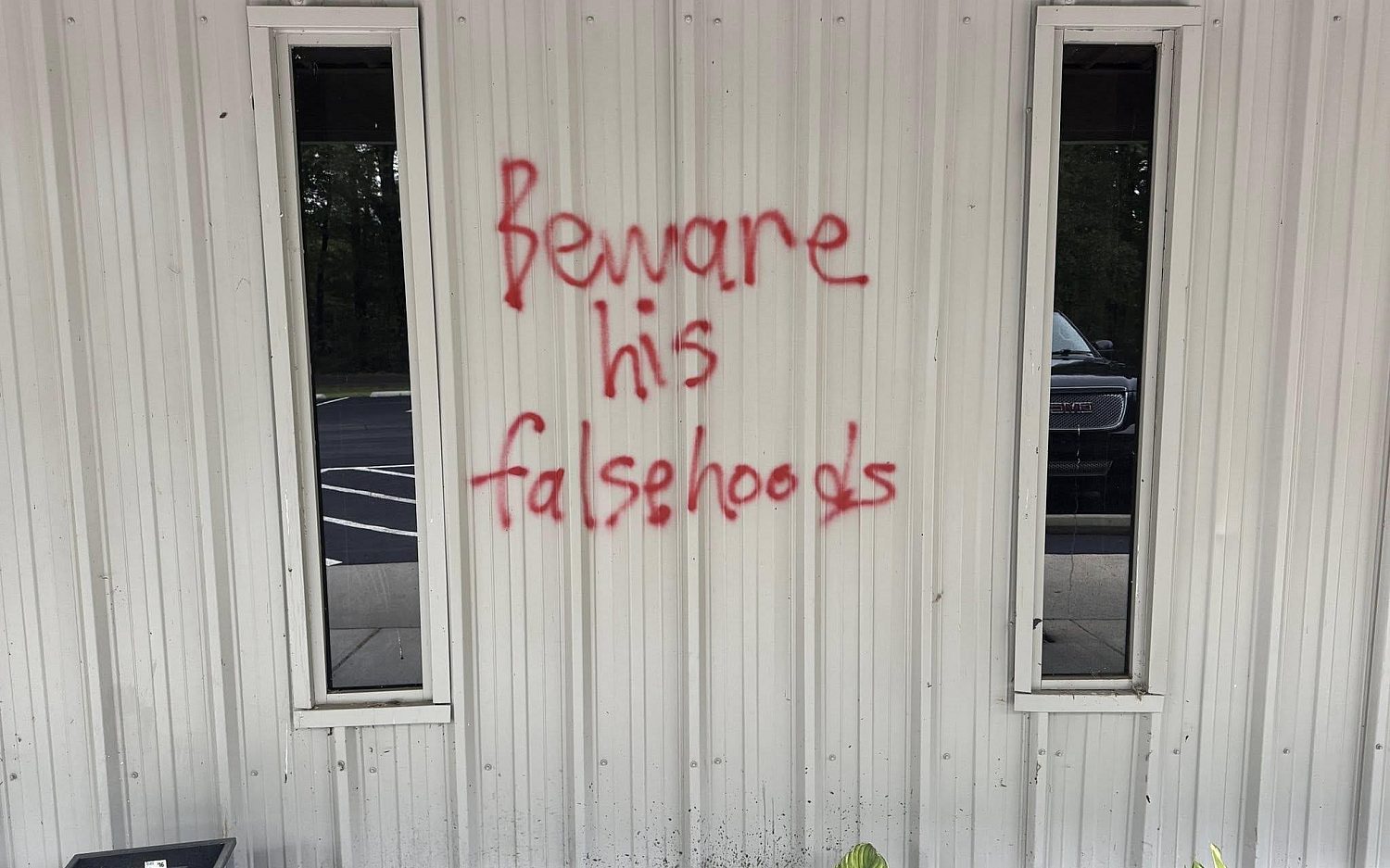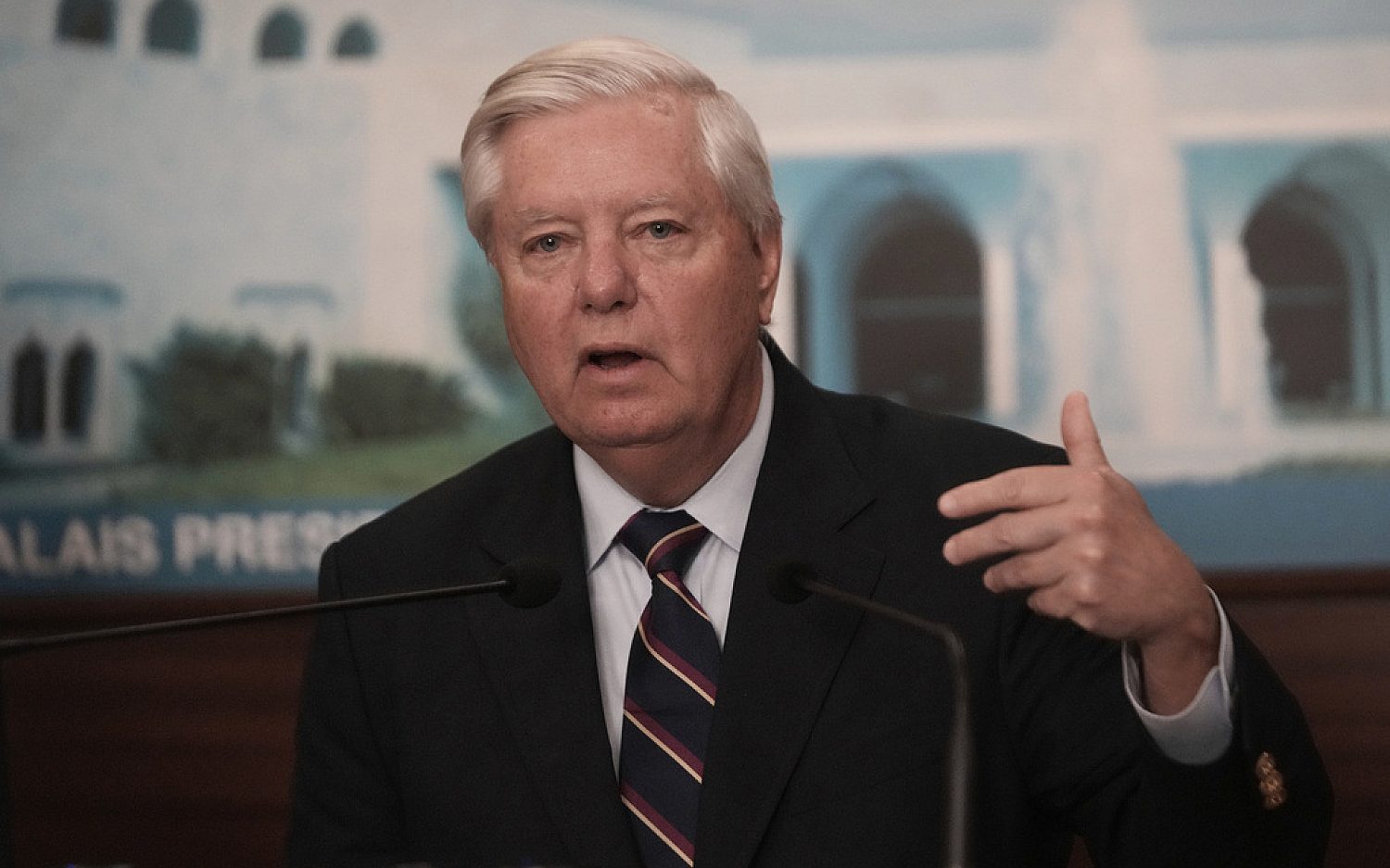U.S. commander: Afghan forces still need our help
The weekend air strike that destroyed a Doctors Without Borders medical facility, killing at least 22 people, occurred despite “rigorous” U.S. military procedures designed to avoid such mistakes, the top commander of U.S. and allied forces said Tuesday.
Testifying before the Senate Armed Services Committee, U.S. Army General John F. Campbell, commander of U.S. Forces, Afghanistan, told the committee Afghan forces requested air support Saturday while engaged in combat with Taliban fighters in the city of Kunduz. The Afghans communicated their request via U.S. special operations troops at the scene who were in contact with the AC-130 gunship that ultimately fired on the medical clinic.
“To be clear, the decision to provide [airstrikes] was a U.S. decision, made within the U.S. chain of command,” Campbell said. “The hospital was mistakenly struck. We would never intentionally target a protected medical facility.”
Campbell said he could not provide more details about what happened, including who may have failed to follow procedures for avoiding attacks on non-combatant sites such as hospitals. He told the committee he was awaiting the results of independent investigations by NATO, the Afghan government, as well as the U.S. Department of Defense.
Asked about U.S. troop levels and whether he had sufficient capacity to successfully transition security operations to Afghan forces by the end of 2016, Campbell said the ability to train Afghan forces and conduct counterterrorism operations would be restricted if, as the Obama administration is currently considering, the number of U.S. troops drops to 1,000 embassy personnel by the end of next year. Such a small presence would limit the ability to train, advise, and assist Afghan forces and conduct counter-terror operations, he said.
Campbell has suggested different options to his superiors, all for troop levels beyond a normal embassy presence.
Coalition forces, which numbered about 140,000 several years ago, now stand at 14,000. In his prepared remarks, Campbell expressed concern that the rapid drawdown of U.S. forces is creating some gaps in key military capabilities for the Afghan National Defense and Security Force (ANDSF), particularly in the area of air support.
“In years past, our aircraft provided responsive and often decisive close air support (CAS) to coalition and Afghan troops in contact,” Campbell said. “This is no longer the norm—but the exception.” Afghan forces have struggled at times to adjust to their new roles, he added.
As the U.S. reduces its presence, the government of Afghanistan faces an increasingly formidable and unified threat, Campbell said. The Taliban has renewed its insurgency and is now allied with al-Qaeda. The Islamic State (ISIS) also is a rapidly developing threat in the country. Campbell’s headquarters now classifies ISIS as “operationally emergent” in Afghanistan, with many disaffected Taliban fighters rebranding themselves as ISIS.
Since the U.S. drawdown began in 2011, Afghan forces have “taken ownership” of the fight, Campbell said, insisting that despite faltering at times, they have shown “no signs of fracturing.”
But Campbell remains concerned about the long-term viability of the Afghan forces. He noted that Afghanistan, by itself, cannot afford to maintain its existing security forces at their present size. The international community covers 90 percent of the forces’ operating costs, with most of that money coming from the United States. It’s not realistic, Campbell said, to expect Afghanistan’s security forces to be self-sustaining for several years.
“At this stage, without adequate international and U.S. funding support and an appropriate coalition troop presence to oversee the proper expenditure of such funds, the ANDSF could potentially collapse,” he warned.
The Associated Press contributed to this report.
An actual newsletter worth subscribing to instead of just a collection of links. —Adam
Sign up to receive The Sift email newsletter each weekday morning for the latest headlines from WORLD’s breaking news team.




Please wait while we load the latest comments...
Comments
Please register, subscribe, or log in to comment on this article.